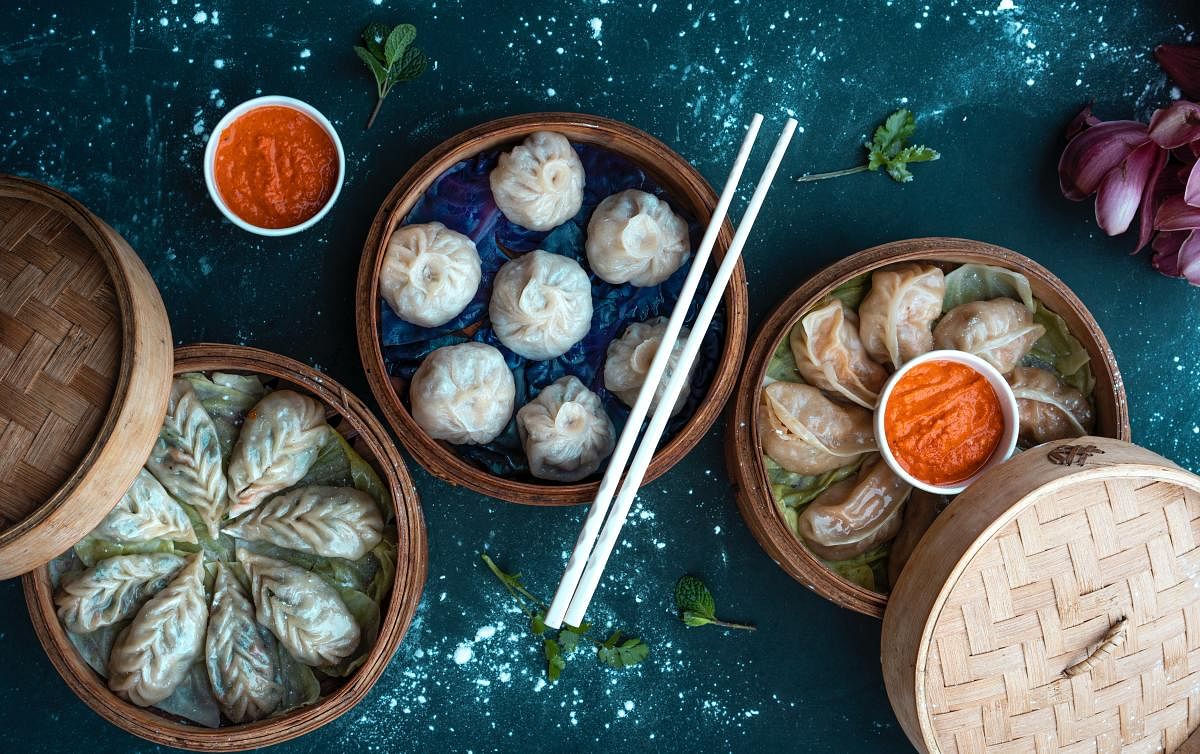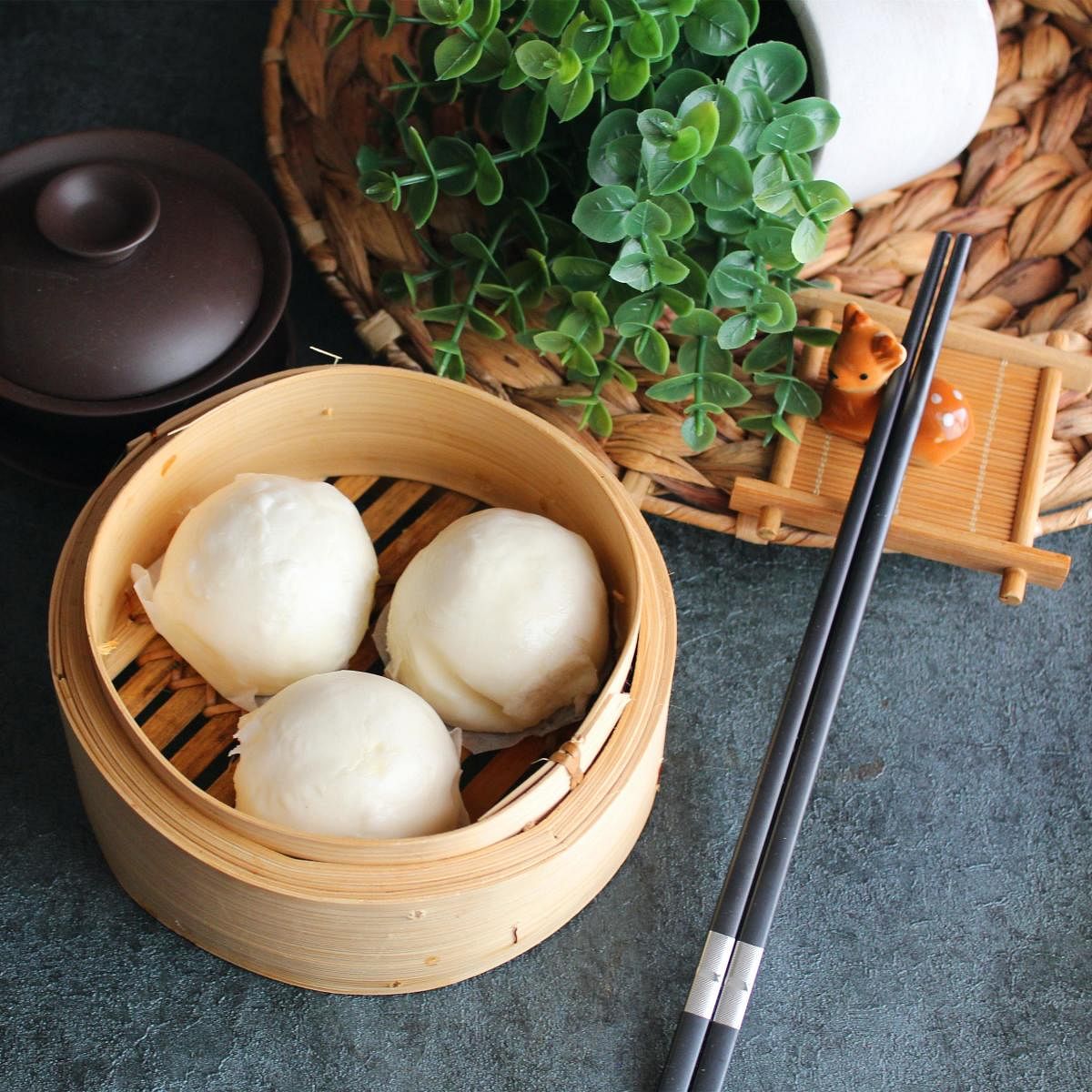

This unlikely quartet of ingredients — parathas, bananas, eggs and milk blended in a grey sludgy mess — was the staple breakfast of my boyhood friend Aziz Namazi. At the Namazi breakfast table, there was no idle chatter about letting the ingredients speak for themselves. Having subjected his palate to this abuse, the last person I expected to hear from on the subject of fine dining was Aziz. But there in my inbox was an email from the man I played marbles with while repressing a shudder at the contents of his lunch box. I should explain that he has since relocated to the Big Apple and the burden of his song was fat-free, sugar-free and ultimately, taste-free. No wonder America is known as the ‘Land of the Free’.
The ballerina Isadora Duncan would have agreed: “I would rather live in Russia on black bread and vodka than in the finest American hotels. They know nothing of food, love and art,” she said. Aziz’s most plaintive lament was reserved for American Chinese, “Deadly stuff boss, just ketchup, cornflour and MSG. I once ate part of the cardboard container by mistake, and believe me it tasted just like the damn chicken. Or beef or whatever it was,” he moaned. Mixer Man’s rapturous recollections of Chindian food, redolent with soya and chilli, stir-fried in a kadai, as opposed to a wok brings to mind the Chinese restaurant near IIT, Madras, called Waldorf, aka Waldie’s. We haunted the place during Mardi Gras and since the bulk of his clientele were students, the proprietor sensibly opted for quantity as opposed to quality.
Some years ago, I ventured behind the Bamboo Curtain accompanied by my significant other and an elderly aunt. For some obscure reason, we boarded a ferry to Macao and then channelled our inner Marco Polo by crossing the border on foot before taking a taxi to Guangzhou, our first port of call. Legend has it that Signor Polo horrified the imperial court of Kubhlai Khan when he drank the contents of the finger bowl that was brought to him… but in all fairness, Beijing to Rome is quite a distance and the poor man must have been thirsty. The balance was restored when he unpacked his suitcase and made spaghetti for the Emperor: Chinese food has never been the same since then; viva la noodles.
In terms of sheer technique, ingredients and diversity, China rules the world. BTW, despite several attempts, I was unable to find either chicken or gobi manchurian on the menu and our guide was seriously pissed off when aunty insisted it was as much a part of China as the Great Wall. In Xian, I tasted the most incredible beef, barbecued to perfection on a skewer and served in a crusty naan with the most sensational taste and flavour. I was astonished until I realised Xian has a large Uighur Muslim population: this is Kebab Central, down to the raw onions and lime!
In Beijing, we sampled the legendary Peking duck, with a modified bicycle pump used to pump air under the skin to separate the fat, before being marinated in maltose syrup and then roasted to golden-brown perfection in a closed oven. The first course is the crispy duck skin served with a magical hoisin sauce made with dried yellow soybean paste, followed by duck served in delicate pancakes with slivers of cucumber and spring onion. The next course is a light soup made with the bones and carcass, while dedicated gourmands savour the remaining shredded meat, stir-fried with salt, Szechuan pepper and noodles.
Chinese New Year marks the start of the lunar calendar with special dishes prepared to ensure good fortune in the year ahead. The menu selection is as important as the preparation and the traditional feast includes dumplings, steamed fish, spring rolls, rice cakes or nian gao and fruit.
After the fish is served, the next course is dim sum with one critical difference: these are made in the shape of ingots, not bars, but delicate, oval boat-shaped morsels, elegantly folded at the corners. Legend has it that dumpling consumption is directly proportionate to prosperity in the New Year. Popular fillings are minced pork, diced shrimp, fish, ground chicken, beef, and a savoury mix of vegetables, in a translucent skin of dough. My personal favourite is the steamed soup dumplings (xiao long bao) originally a northern Chinese creation, but now internationally renowned thanks to the Din Tai Fong chain in Singapore. The main feature is the wrapper, which is shaped like a volcano to release a mouthful of hot soup when you bite off the top. The traditional filling is pork and lightly frozen stock, though popular variations include pork with minced crab meat and roe. Besides the savoury dumplings, there are sweet rice cakes called nian gao, that were traditionally offered to the gods and ancestors. Apparently, gao also means tall, symbolising the yearning to be successful and “higher” each year, no pun intended. Chinese parents who think they are comedians tell their children that eating nian gao will help them grow taller; instead of meekly nodding like Charlie Chan, moody Chinese teenagers mutter, “Stop dude, that’s so lame.”
(The author is an old Bengalurean and impresario of comedy and musical shows who considers himself fortunate to have turned his passions — writing and theatre — into a profession.)